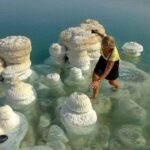This site contains affiliate links to products. We may receive a commission for purchases made through these links at no additional cost to you. This helps support the content we create and allows us to continue providing valuable information to our readers. We only recommend products that we believe in and that we think will add value to our audience. Thank you for your support!
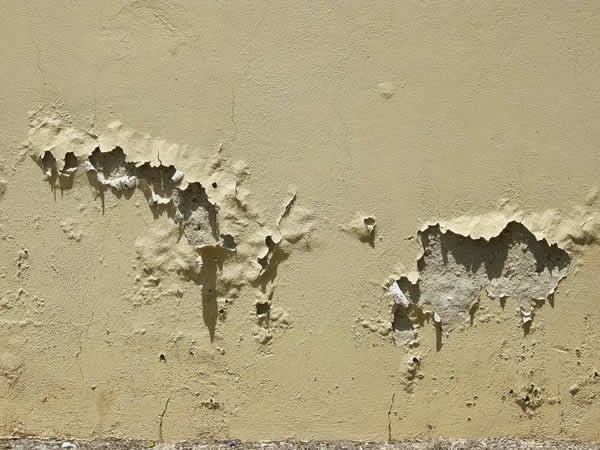 |
| Dampness in walls |
Before applying any remedial measure to a damp wall there should be free escape for any water that has already entered in the wall.
Silica Solution is transparent and very effective in resisting dampness.
Internal Treatment of walls
Internal treatment of affected walls would consist of removing the old plaster, applying a slurry coat of neat cement with a water proofing compound and then cement rendering with a dense mortar, of 1:2 with integral water proofer added.
Another internal treatment for damp walls is the application of an impervious coating of some material or a coating of bitumen or tar followed by blinding with sand and plastering.
Preventing Dampness in walls
The following methods are also used for preventing dampness in walls
a) Two parts by weight of coal tar and one part by weight of pitch are put in a vessel, heated and stirred, until the mixture is sufficiently liquid. It is then applied on walls, and is found to keep out dampness very wall.
b) Spray or paint the walls with a solution of sodium silicate, followed by a solution of calcium chloride, which forms an insoluble silicate.
If dampness is confined to one position near ground floor level above the D.P.C., it may be due to a hole or crack in D.P.C. through which moisture can pass into the wall alone.
Dampness below ground level may be due to lack of sub-soil drainage, absence of vertical D.P.C.
Repelling Materials
Water repelling compounds are mixed in cement to make it water repellant, Examples are;
a) Chemically active ….. sodium and potassium soaps
b) Chemically inactive ….. calcium soaps and resin oils
Like Us on Facebook!
1. Damp-Proof Membrane
Description: A damp-proof membrane is an essential tool in preventing moisture from penetrating your walls. It acts as a protective barrier that can be applied during construction or renovation to stop dampness from rising through the walls.
Subscribe Us on YouTube!
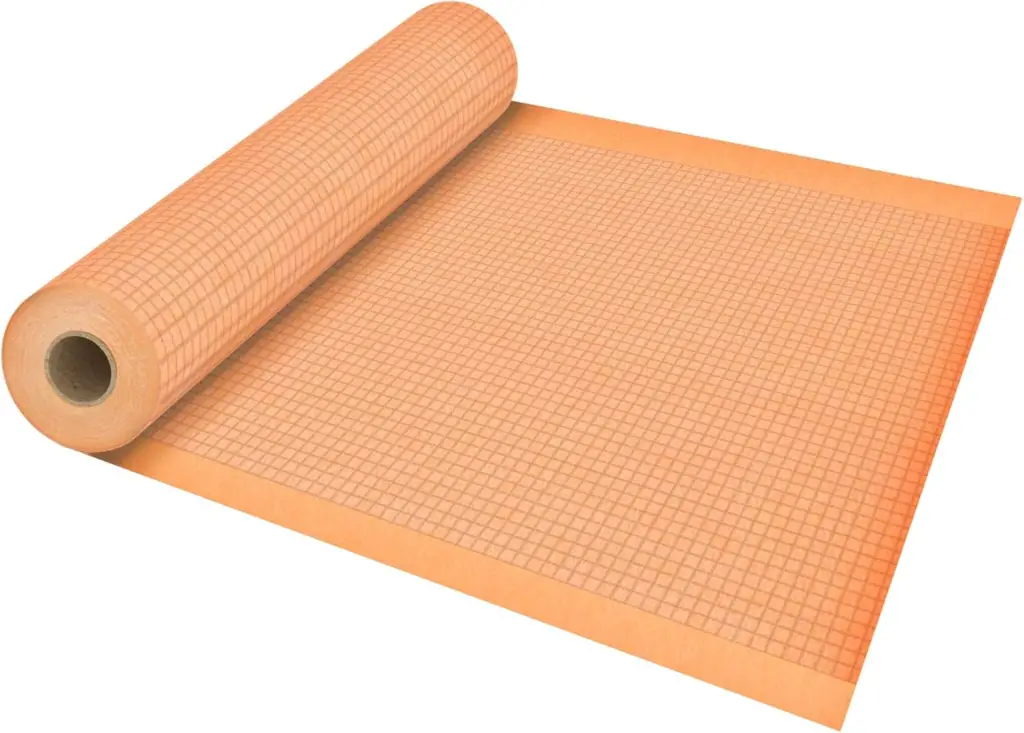
- Buy Now Damp-Proof Membrane Roll
- How to Use: Lay the membrane between the wall and the ground to block moisture from seeping upwards.
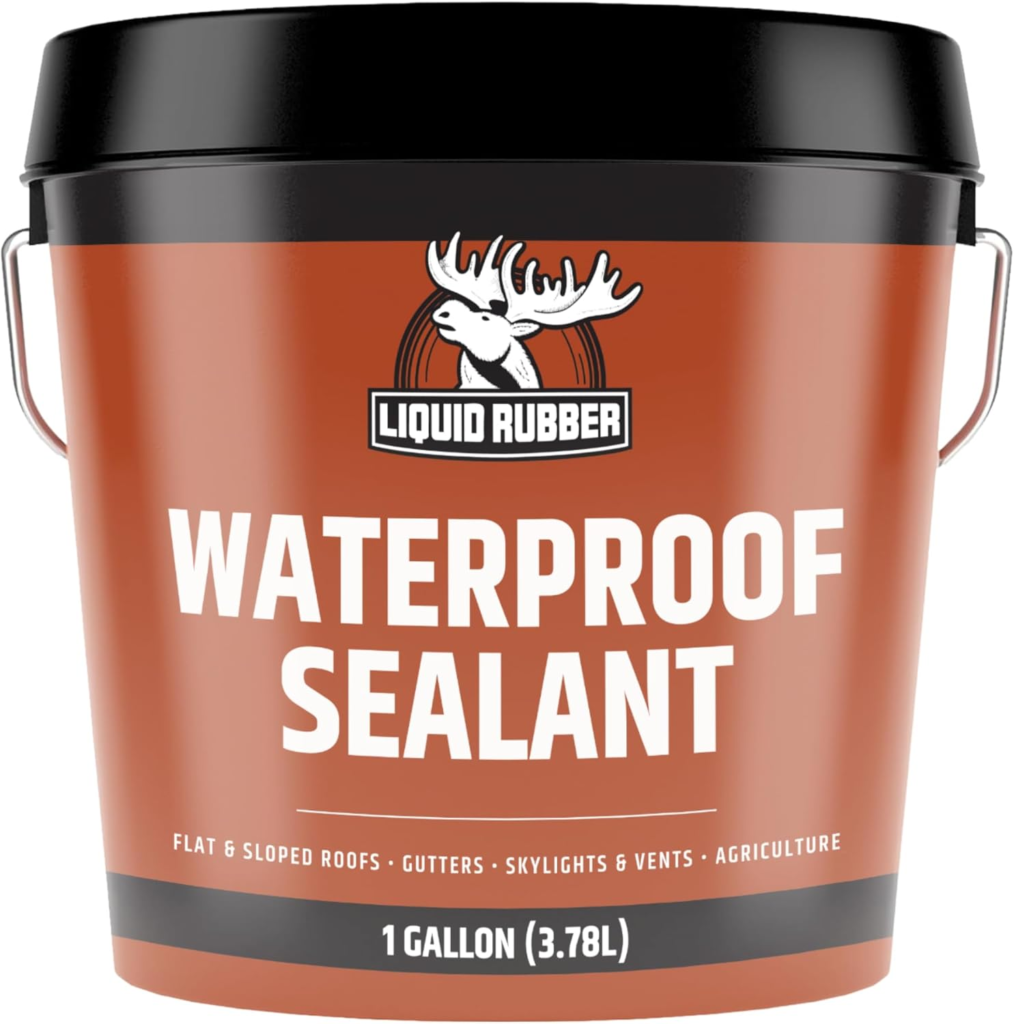
2. Waterproofing Paint
Description: Waterproofing paint is designed to create a moisture-resistant layer on both interior and exterior walls. This paint not only helps prevent dampness but also enhances the durability of your walls.
- Product Example: Waterproofing Masonry Paint
- How to Use: Apply it directly to clean, dry walls using a brush or roller.
3. Dehumidifier

Description: A dehumidifier is a must-have for rooms prone to high humidity, which often leads to dampness. It works by extracting excess moisture from the air, thereby reducing the risk of damp forming on your walls.
- Product Example: Portable Dehumidifier
- How to Use: Place the dehumidifier in the affected room and let it run as needed to maintain optimal humidity levels.
4. Damp-Proof Injection Cream

Description: This product is specifically formulated to prevent rising damp. It is injected directly into the walls to form a moisture barrier, ensuring that dampness cannot rise through the brickwork.
- Product Example: Damp-Proof Injection Cream Kit
- How to Use: Inject the cream into pre-drilled holes in the wall at regular intervals to create a continuous barrier.
5. Mold & Mildew Remover
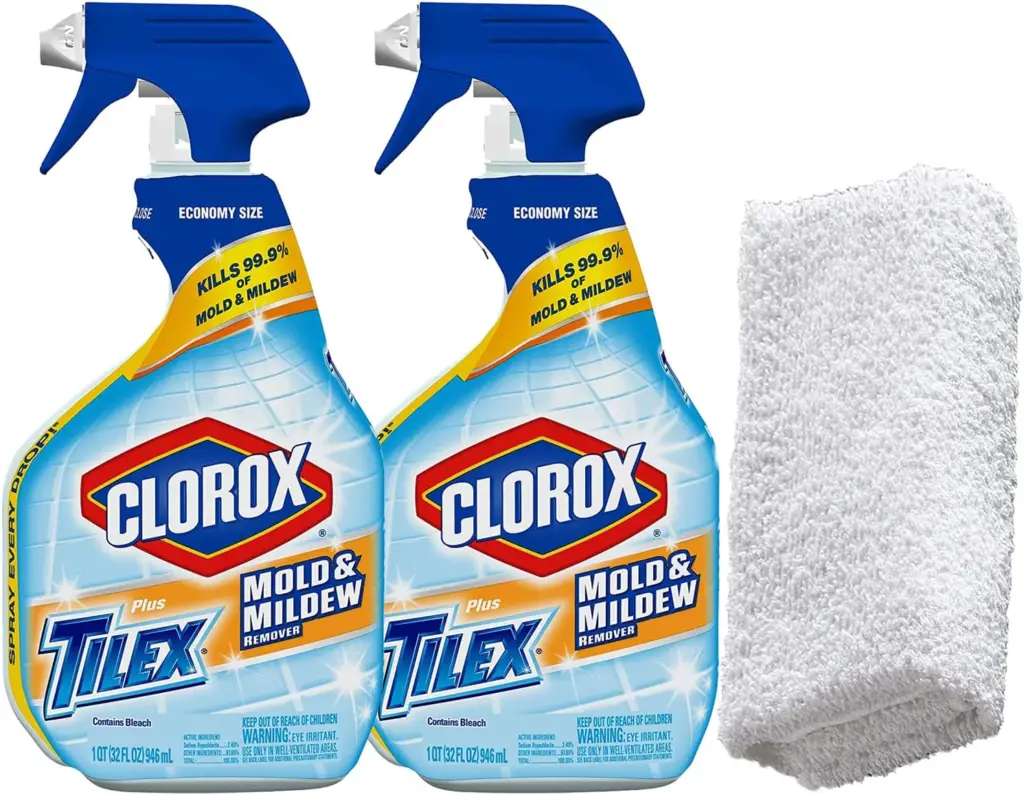
Description: Mold and mildew are common side effects of damp walls. A good mold and mildew remover will help you eliminate these unsightly and potentially harmful growths, restoring your walls to a clean condition.
- Product Example: Mold and Mildew Stain Remover Spray
- How to Use: Spray the remover on the affected areas and wipe clean after the recommended time.
6. Anti-Condensation Paint

Description: Anti-condensation paint helps reduce the likelihood of condensation forming on your walls, which is a common cause of dampness. This type of paint is particularly useful in kitchens, bathrooms, and other moisture-prone areas.
- Product Example: Anti-Condensation Paint
- How to Use: Apply it to areas prone to condensation to create a warmer surface that resists moisture buildup.
7. Hydrophobic Sealer
Description: A hydrophobic sealer is a clear, water-repellent product that can be applied to walls to protect them from water ingress. This is particularly useful for exterior walls exposed to the elements.

- Product Example: Hydrophobic Wall Sealer
- How to Use: Spray or brush the sealer onto clean, dry walls to form a protective barrier.
8. Ventilation System
Description: Proper ventilation is crucial in preventing dampness. A wall-mounted ventilation fan helps improve air circulation, reducing humidity and the potential for damp.
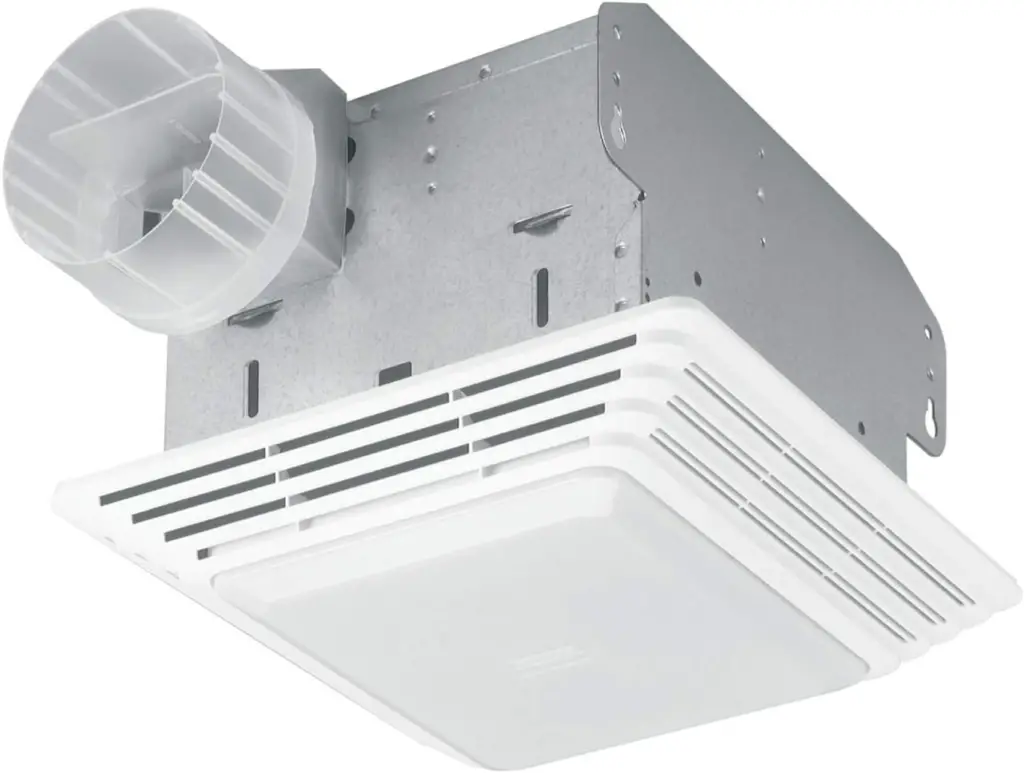
- Product Example: Wall-Mounted Ventilation Fan
- How to Use: Install the fan in areas with poor ventilation to improve airflow and reduce moisture.
9. Damp Meter
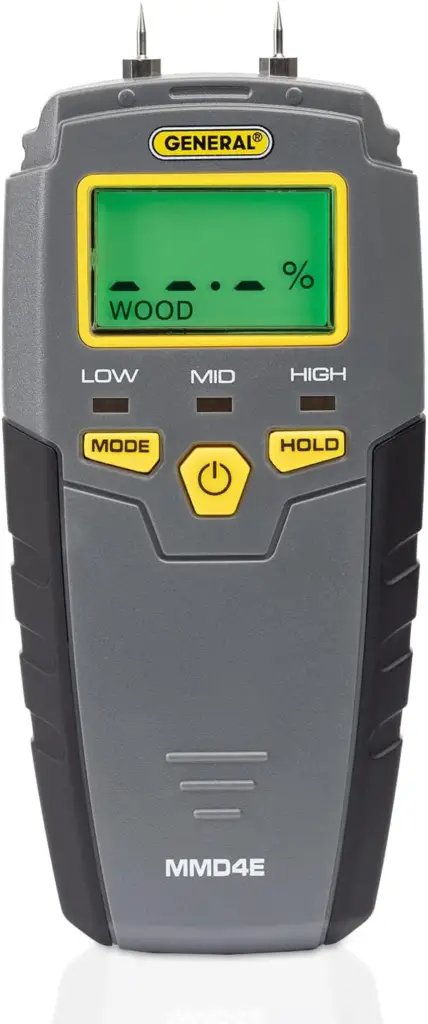
Description: A damp meter is a handy tool that allows you to measure the moisture level in your walls, helping you detect dampness early before it becomes a major issue.
- Product Example: Digital Moisture Meter
- How to Use: Simply press the meter against the wall to get an instant moisture reading.
10. Damp-Proofing Plaster

Description: Damp-proofing plaster is specially formulated to prevent the spread of damp through walls. It’s an effective solution for treating areas that have already been affected by dampness.
- Product Example: Damp-Proofing Plaster
- How to Use: Apply the plaster to the affected areas as a finishing coat to seal against moisture.
11. Wall Crack Repair Kit
Description: Cracks in walls can provide an entry point for moisture, leading to dampness. A wall crack repair kit allows you to seal these cracks, preventing damp from getting in.
- Product Example: Wall Crack Repair Kit
- How to Use: Fill the cracks with the repair compound and smooth over for a seamless finish.
12. Exterior Waterproofing Membrane
Description: This membrane is applied to the exterior of walls to protect them from water ingress, making it an ideal solution for homes in areas with heavy rainfall.
- Product Example: Exterior Waterproofing Membrane
- How to Use: Apply the membrane to the exterior surface of the wall during construction or as a retrofit.
13. Damp-Proof Course Tape
Description: Damp-proof course tape is used in construction to create a barrier that prevents rising damp from affecting walls. It’s a simple yet effective solution for long-term damp prevention.
- Product Example: Damp-Proof Course Tape
- How to Use: Apply the tape between layers of bricks or blocks to create a moisture barrier.
14. Interior Wall Sealant
Description: Interior wall sealants are used to seal porous surfaces inside the home, preventing moisture from penetrating and causing dampness.
- Product Example: Interior Wall Sealant
- How to Use: Brush or spray the sealant onto clean, dry interior walls for a protective layer.
15. Moisture Resistant Plasterboard
Description: Moisture-resistant plasterboard is ideal for use in areas prone to dampness, such as bathrooms and kitchens. It’s designed to resist moisture, reducing the risk of damp problems.
- Product Example: Moisture Resistant Plasterboard
- How to Use: Install it in place of regular plasterboard in damp-prone areas.












